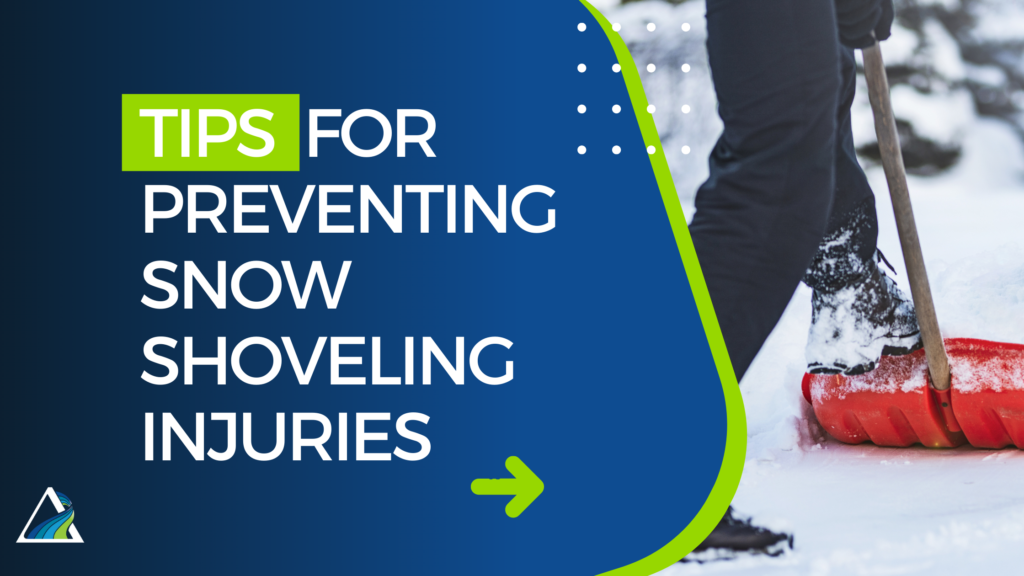
Shoveling snow can cause pain or worse, injury. Below are ways to prepare for a healthy and safe shoveling season.
In addition to digging out winter coats, boots and accessories, now is the time to prepare your body for the possibility of shoveling snow.
At CORA, we believe that the best form of medical care is preventive, so we’ve assembled some tips for avoiding snow shoveling injuries before they happen.
- Have a Preventive plan
- Buy the Right Shovel
- Wear the Right Clothing
- Warmup your Body
- Know when to Start and Quit
Prepare Your Shoveling Muscles and Gear
Each year, snow shoveling leads to more than 11,500 injuries to American adults that require emergency care, 55% of which can be attributed to soft-tissue injuries. These numbers also include approximately 100 deaths, most of which are due to heart attacks.
These figures are a tiny fraction of the number of Americans that suffer non-emergency injuries, which tend to require over-the-counter care and physical therapy in order to fix. The result is a loss of mobility, quality of life and income.
Shoveling snow is a great, full-body workout, that engages the large muscles in your back, arms, legs and core. It also comes with obvious risks including- slippery surfaces, weight transfer across muscle groups, and motion that is not mimicked through many other activities. Part of the reason why injuries are so prevalent is because it’s a necessary-but-uncommon activity.
If you must shovel snow by hand, make sure that you and your equipment are ready.
Have a preventive plan
Prevent injuries before they happen by working with your PT and following a progressive plan for your movement health. Physical therapy isn’t just for rehabilitating injuries – it’s also for general fitness, education, injury prevention and correcting muscle imbalances that lead to injury under stress. If you do not have an active lifestyle, your body may not be ready for a moderate bout of shoveling. Schedule preventive sessions with your PT and discuss the physical demands you are faced with through each season.
Buy the right shovel
The technology for snow shovels has advanced greatly in recent years, with more ergonomic designs that prevent bad posture, devices and sprays that warm the shovel blade, handles for greater leverage and precision, and customized designs and material. Before snow appears in the forecast, inspect the shovels that you have and consider an upgrade to a user-friendly model. Whenever possible, try to push the snow rather than lifting it.
Wear the right clothing
Dressing in layers is important. Like other moderate-high intensity activities you’re body temperature will rise and you may need to shed a layer as you work. Your footwear is your next most important consideration. The act of shoveling requires firm traction to prevent weight-transfer injuries and falling over in the snow. Ensure your shoes or boots have good traction, and be aware of slippery areas.
Warm up
Before starting a physical activity, it’s a good idea to stretch and prepare muscles before exerting them. Warm up inside with squats, walking briskly up and down the stairs, and stretching your reach in every direction. Particularly when the weather is cold, this process can take longer. Thinking of active movements to prepare your body, not long-hold static-stretches.
Know when to start and quit
With busy lives and places to be, it’s easy to treat shoveling snow as a task with a time limit. Whenever possible, break up the workload to prevent exhaustion and overexertion. Overdoing it can lead to injury. Shovel more often (i.e. every 2-3″). This reduces the volume of snow needed to be moved at a given time. In some areas snow can fall at a rate of 2-3″+ each hour. By stalling you may be multiplying the weight in snow you’ll have to move at once.
Pro Tips: Rather than taking a full shovel of snow with each pass, which can weigh more than 20 pounds, take smaller loads. Remember to lift with your hips and legs, NOT your back. Proper technique can help you avoid pain and injury. Think of yourself lifting weights in a gym, be aware of your movements, breathing, and repetitions between rest.
Don’t Wait to Get Care
Perhaps, despite your best efforts, you still overdid it and strained muscles in your back, legs, arms or core. Don’t worry – it happens! Whether you know during the storm or days later when an injury first appears, physical therapy clinics like CORA PT are here to help you on the road to recovery.
Presuming that your injury is non-emergency, the best place to start your treatment is by following the R.I.C.E. acronym: rest, ice, compress and elevate. Resting means maintaining the best possible posture, using muscle groups as sparingly but normally as possible, and not overdoing it. Icing can be tricky, depending on the location of an injury, but can help treat a range of symptoms from pain to inflammation and spasming. Compression is best for injuries at your body’s extremities, but can still be used to alleviate pain in your core. Lastly, elevation can be used to reduce swelling for injuries in your extremities.
Early treatment is important for a quick recovery. With direct access care you may not need a doctor’s referral to receive a treatment plan covered by your insurance or Medicare. Choose a PT provider that cares about you as a person, not as a diagnosis, and that you can build a long-term relationship with for maintaining physical health throughout the year.
Fixing Injuries Before, During and After Blizzards
Regardless of what the forecast holds for your neighborhood, it’s never too late to repair the damage done from shoveling snow. Physical Therapy clinics like CORA PT offer a broad range of services, including aquatic therapy, dry needling, Kinesio taping and orthopedic rehabilitation, to help you feel better. If you have had a shoveling-related injury, prevent a reoccurrence by scheduling quarterly or biannual visits with a physical therapist to ensure your movement health is up for all the challenges life can present.
At CORA PT, our goal is to provide the highest quality care to our patients. While we can’t shovel the snow for you, we’re there before, during and after any event in your life, to ensure your continued wellness.
Download our Back Pain eBook
Want to learn more about our services? Please contact our team at coravision@corahealth.com with any questions.
